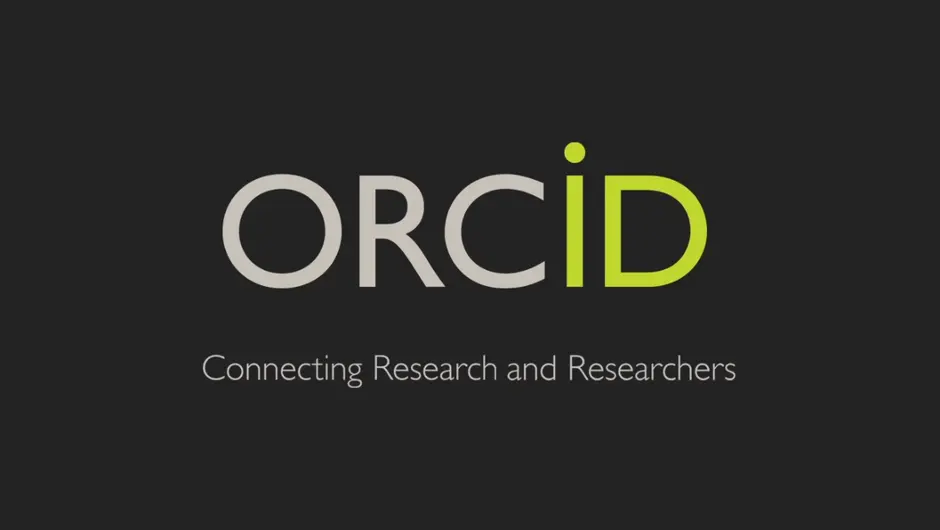The ORCID iD (Open Research and Contributer iD) is an internationally recognised identification number for researchers. It is generated when a researcher creates an ORCID profile and can be used to make one's activities more visible and to simplify communication with institutions such as publishers.
Typical uses of the ORCID iD are:
Note: In order to be eligible for publication funding from Trier UAS, your publication must be linked to your ORCID profile via your ORCID iD.
The ORCID-iD is required if you wish to claim funding from the publication fund of Trier UAS.
Using an ORCID iD also offers you a number of advantages, including:
The ORCID iD has already been integrated into various processes and systems: databases and search services (e.g. BASE, PubMed, Web of Science etc.), publication and peer review processes (e.g. at Springer Nature, Wiley etc.) as well as application systems (e.g. DFG elan).
Current figures on the worldwide use of the ID can be found on the ORCID statistics page:
The number is assigned by ORCID - an independent and non-profit organisation. Its aim is to help scientists make their own research more visible, network more easily and simplify work processes.
For more information, please visit the organisation's website:
The ID consists of 16 characters. As part of a web address, it can be used to access a researcher's ORCID web profile. Example:
Search with an ID: If you want to use an ID to retrieve a researcher's associated ORCID profile, you have two options:
Search for an ID: If you would like to research a researcher's ID, you can search the ORCID website using their first and last name in the search line:
You should only have one ORCID profile and one ORCID-iD. If you are unsure whether a profile has already been created for you, you can search the ORCID website using the search box with your first and last name:
If a second profile has been created for you by mistake or if you are unsure about a profile with the same name, you can request a verified merge via "Account Settings" > "Remove duplicate record". If you have any difficulties, please contact the ORCID support team:
Procedure:
Procedure:
Possibilities are for example:
Your name and ORCID-iD are always public and can be seen by everyone. In addition:
You can deactivate your profile at any time. All information associated with it will be deleted. Only a cryptographically masked form of your email address will be retained. You can reactivate your account at any time.
To deactivate your profile, select "Account Settings" at the top of the drop-down menu and then "Deactivate this ORCID record...". You will receive further information.
Use the following links to find out about data protection and ORCID:
The ORCID support team will provide you with a form:
You are also welcome to contact our library team at:

Please note: Information will be sent to Youtube/Google as soon as you start the video. For further information visit Google Privacy.
Missing information? Broken links?
Please send your suggestions and comments to:
You are leaving the official website of Trier University of Applied Sciences